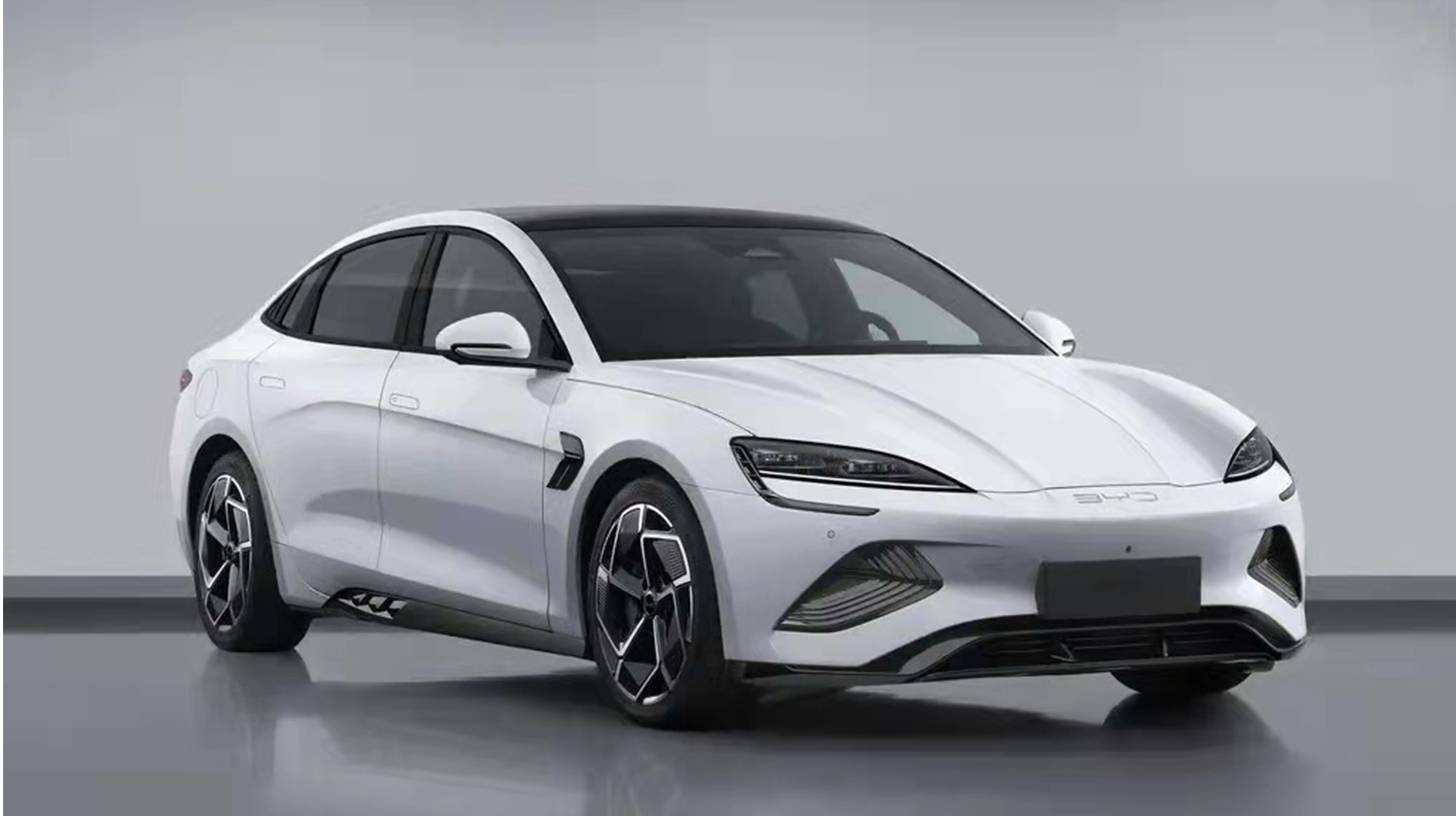What Are the Common Issues with EV Batteries?
Electric vehicle batteries encounter several challenges that can impact their performance and user experience:
- Limited Range: Many EVs struggle with range anxiety due to insufficient battery capacity.
- Charging Infrastructure: The availability of charging stations can be inconsistent, affecting long-distance travel.
- Battery Degradation: Over time, batteries lose capacity, reducing the vehicle’s range and performance.
- Cost: High production costs for batteries can make EVs less affordable for consumers.
Chart: Common Issues with EV Batteries
| Issue | Description | Impact on Users |
|---|---|---|
| Limited Range | Insufficient battery capacity | Range anxiety |
| Charging Infrastructure | Inconsistent availability of charging stations | Travel limitations |
| Battery Degradation | Loss of capacity over time | Reduced performance |
| Cost | High production costs | Higher vehicle prices |
How Is Battery Technology Evolving to Address These Issues?
Battery technology is rapidly evolving to tackle the common issues faced by electric vehicles:
- Solid-State Batteries: These batteries offer higher energy density and improved safety compared to traditional lithium-ion batteries.
- Fast-Charging Solutions: Innovations in charging technology are reducing charging times significantly, making EVs more convenient.
- Recycling Programs: Improved recycling methods for old batteries are being developed to recover valuable materials and reduce waste.
- Battery Management Systems (BMS): Advanced BMS technologies help monitor battery health, optimizing performance and extending lifespan.
Chart: Advancements in Battery Technology
| Advancement | Benefits | Potential Impact |
|---|---|---|
| Solid-State Batteries | Higher energy density, better safety | Increased range and reliability |
| Fast-Charging Solutions | Reduced charging times | Enhanced convenience for users |
| Recycling Programs | Material recovery and reduced environmental impact | Sustainable battery lifecycle |
| Advanced BMS | Improved monitoring and lifespan extension | Better overall battery performance |
Why Is Charging Infrastructure Critical for EV Adoption?
A robust charging infrastructure is essential for widespread EV adoption. Without sufficient charging stations, potential buyers may hesitate to switch from traditional vehicles due to concerns about range and convenience. Expanding the network of fast chargers is vital to alleviate these concerns and encourage more consumers to consider electric vehicles.
What Are the Environmental Impacts of EV Battery Production?
While electric vehicles are often touted as environmentally friendly, their battery production can have significant environmental impacts:
- Resource Extraction: Mining for lithium, cobalt, and nickel can lead to ecological damage and human rights concerns.
- Carbon Footprint: The manufacturing process for batteries is energy-intensive, contributing to greenhouse gas emissions.
Efforts are underway to improve sustainability in battery production through responsible sourcing practices and cleaner manufacturing processes.
How Can Consumers Extend the Life of Their EV Batteries?
Consumers can take several steps to extend the lifespan of their electric vehicle batteries:
- Avoid Extreme Temperatures: Keeping the battery within optimal temperature ranges helps prevent degradation.
- Regular Charging: Frequent partial charges rather than full discharges can help maintain battery health.
- Use Smart Charging Options: Utilizing smart chargers that optimize charging times can reduce wear on the battery.
Industrial News
Recent developments in electric vehicle technology have focused on addressing common battery issues. Companies are investing heavily in solid-state battery research, which promises higher energy densities and safety. Additionally, governments worldwide are pushing for expanded charging infrastructure to support growing EV markets. These efforts aim to make electric vehicles more accessible and practical for everyday consumers.
Redway Expert Insights
Addressing the common issues associated with EV batteries is crucial for the future of transportation,” states an expert from Redway Battery. “As we innovate in battery technology and expand our charging networks, we will see a significant shift towards sustainable mobility solutions that benefit both consumers and the environment.”
FAQ Section
What causes EV battery degradation?
Battery degradation is primarily caused by chemical reactions during charge cycles, temperature extremes, and deep discharges over time.
How long do EV batteries typically last?
Most electric vehicle batteries last between 8 to 15 years, depending on usage patterns and maintenance practices.
Can I charge my EV at home?
Yes, many electric vehicles come with home charging options that allow users to charge their vehicles overnight or during off-peak hours.
What should I do if my EV battery is losing capacity?
If your EV battery shows signs of capacity loss, consult with a certified technician who can assess its health and recommend appropriate actions.This article provides a thorough examination of common issues with electric vehicle batteries while highlighting advancements in technology aimed at overcoming these challenges. As the industry evolves, consumers can expect improved performance and sustainability in electric mobility solutions.



